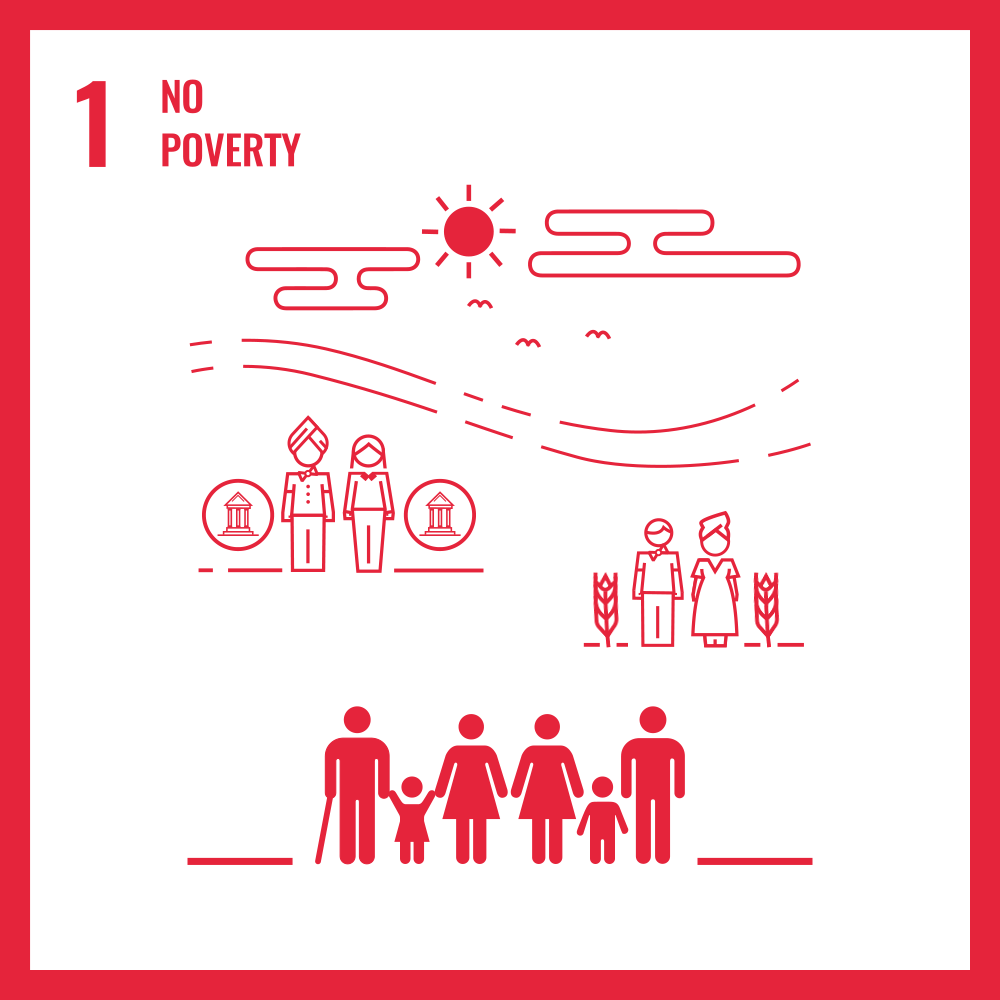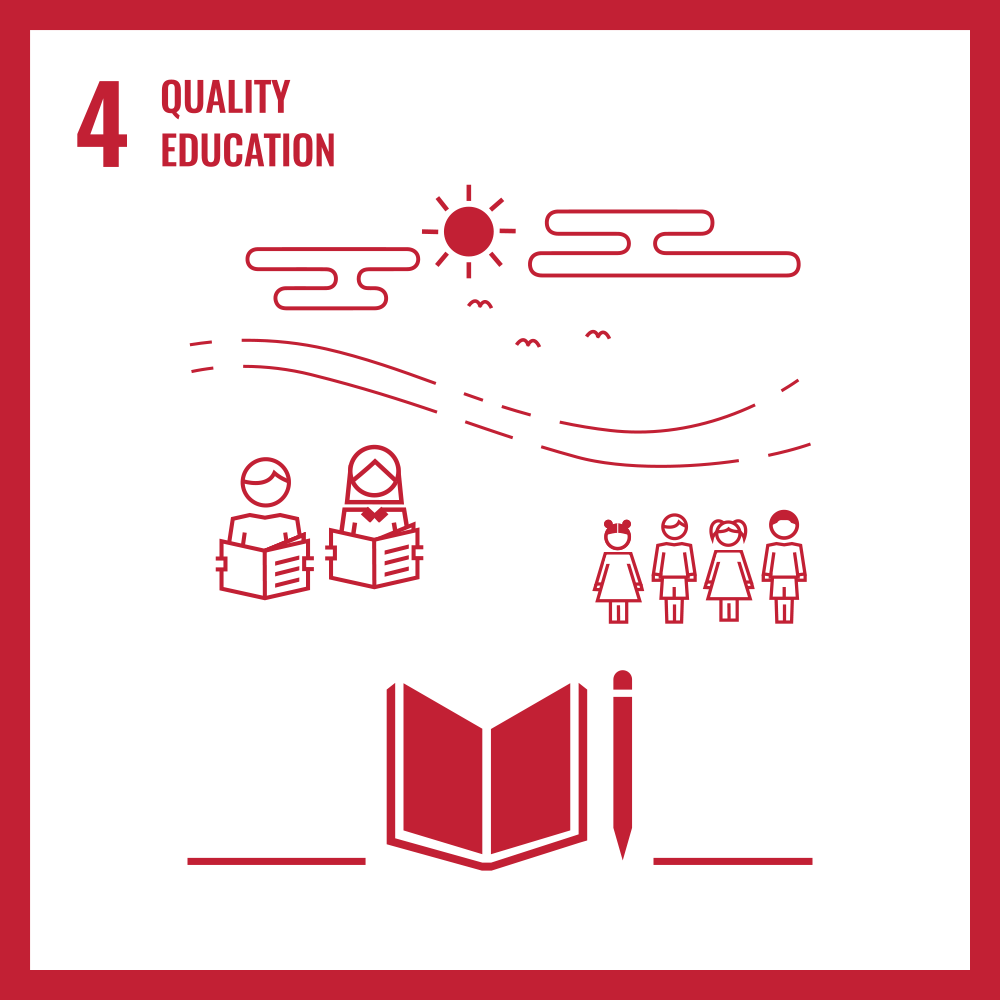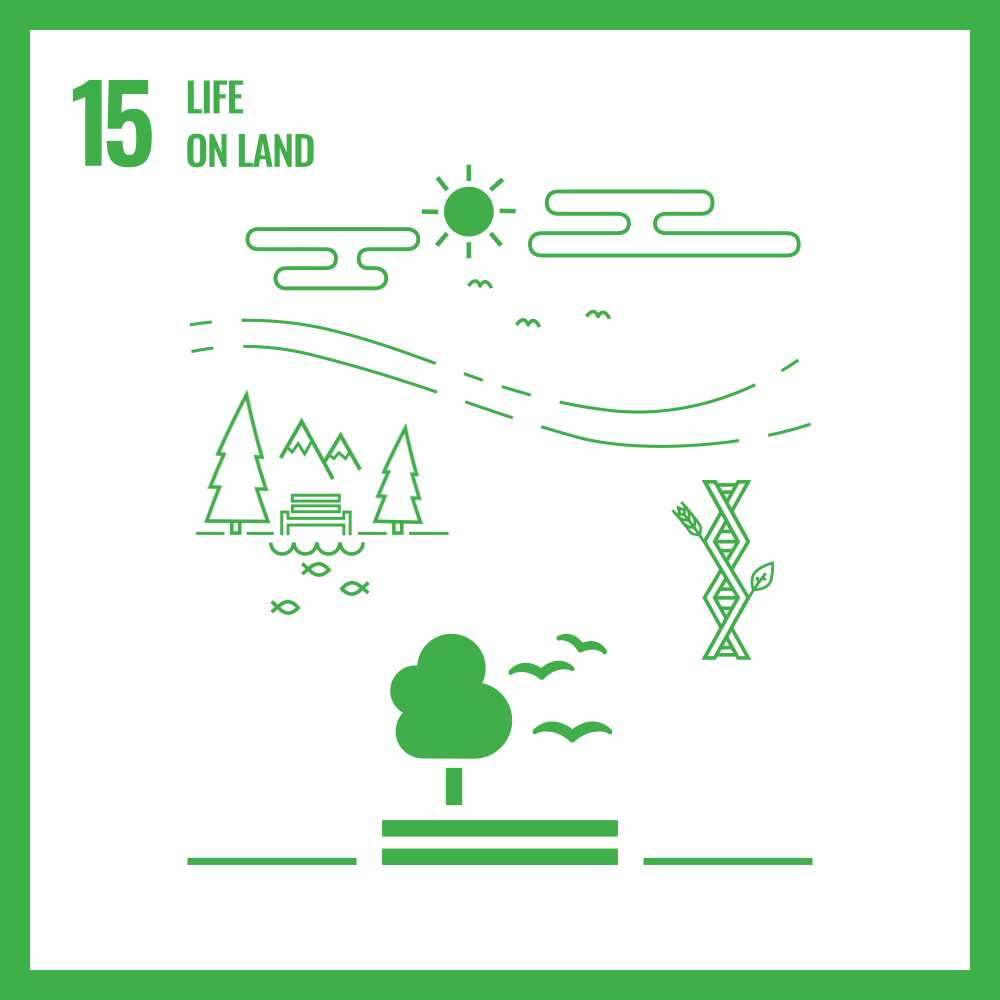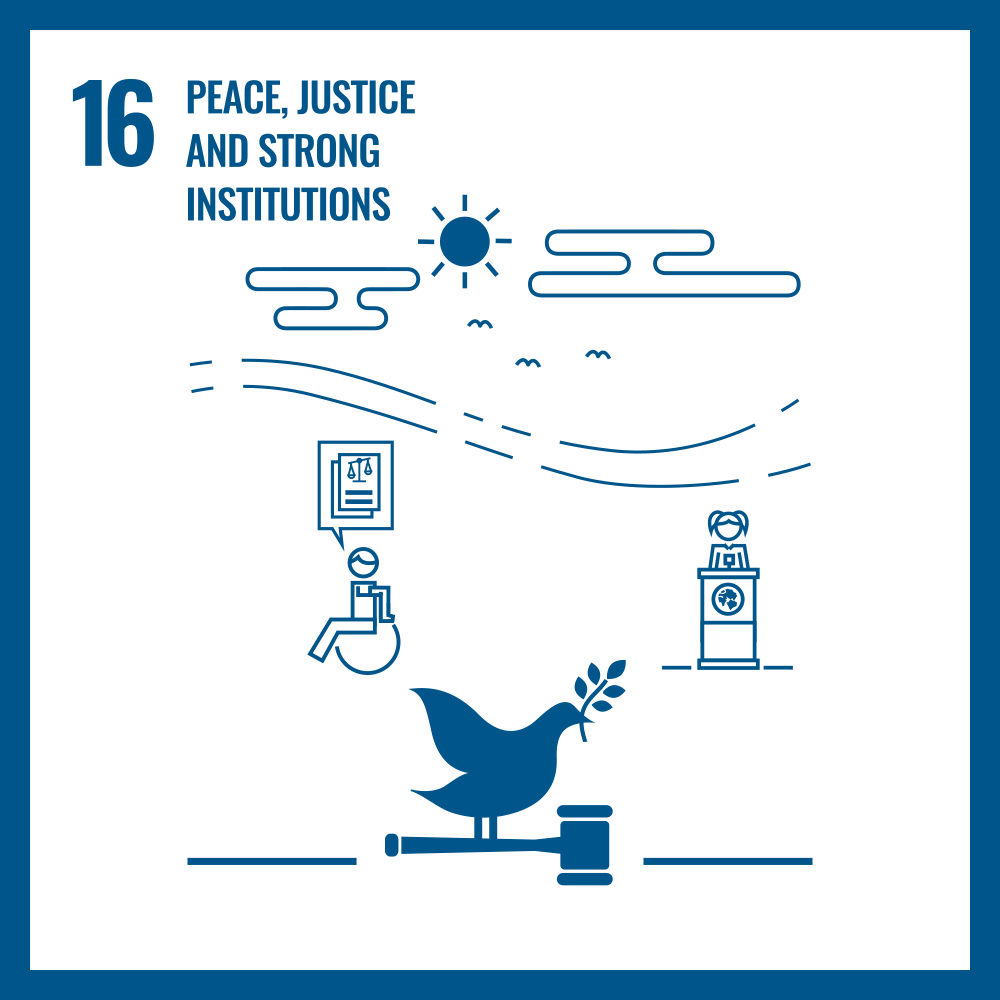The building, designed to accommodate 300 young people, was built in collaboration with the Belgian diocese of Tournai. In 1972, the state school system, together with the clergy of the diocese, took over the management of the institute. In 1986, the school was finally integrated into the state system and renamed Nyabiharage High School.
In 1999, the local church again took over the management of the school, which was renamed “Notre Dame de la Sagesse”, and encouraged a steady growth in the educational programme and the expansion of the premises. Since 2006, it has been chosen as a pilot school for the implementation of inclusive education at secondary level, where pupils with disabilities are integrated with non-disabled pupils.
The school and boarding house are connected to the public electricity grid. However, this is an unreliable power source because of the recurring power cuts. For this reason, a 14.8 kWp solar power system with battery storage was installed in 2018. With an ever-increasing number of students and the purchase of special machines and equipment for blind students, the energy demand has continued to grow and can no longer be met by the existing solar system. The existing petrol generator is rarely used as fuel is not always available and very expensive. Energy for daily cooking is currently still provided by charcoal.
This project envisaged the expansion of the existing solar power system to include an additional 15 kWp solar panel array and grid inverter to ensure a stable, uninterrupted power supply during the day for all machines and equipment required for teaching, including newly purchased computers and Braille duplicators for blind students. The increased demand for energy due to the growing number of students can now be met by solar generated electricity during the day. There is currently no need to replace the existing batteries as they still have sufficient storage capacity, even taking into account the increased electricity demand.
As a result, there is a stable, uninterrupted power supply during the day for all machines and equipment required for teaching, including the newly purchased computers and photocopiers for blind students. For the teaching staff, the purchase/use of specialised Braille machines and equipment has greatly facilitated/improved lesson preparation.
This intervention also includes the training of three local technicians in the operation and maintenance of the new solar power system.
_Cut.jpg)





.jpg)
.jpg)
.jpg)